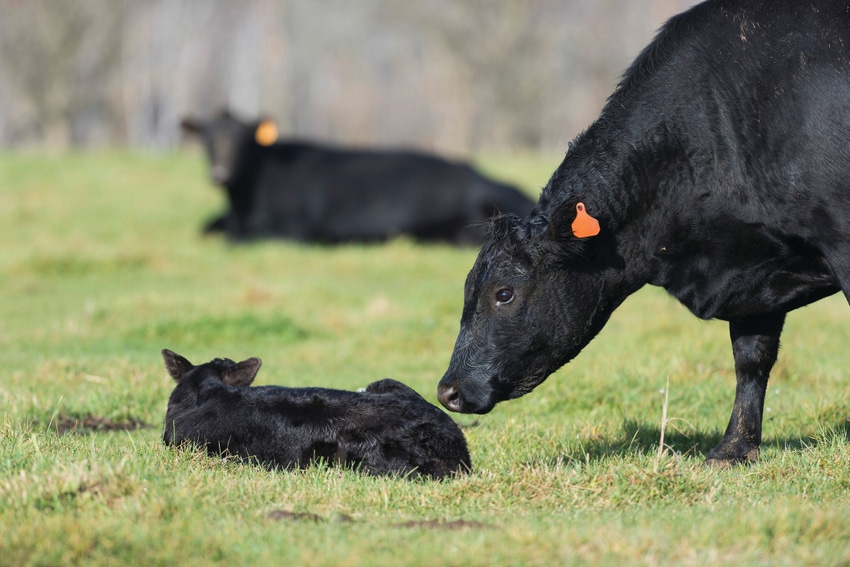Increasing biosecurity and practicing prevention minimize disease transmission to cattle.
November 20, 2019

With nearly 77% of all livestock located in regions with feral swine and with up to 34 known diseases those swine can transmit, it’s crucial for beef producers to protect their cattle from exposure to feral swine disease risks, according to Boehringer Ingelheim.
“The biggest struggle we’re having with feral hogs is that we’re starting to see more of them and in parts of the country we’ve never seen them before,” said Dr. Jody Wade with Boehringer Ingelheim. “They’re spreading disease to cattle that, unfortunately, can cause a lot of problems, including reproductive diseases.”
The greatest threat to cattle from feral swine is disease transmission, which usually happens when swine contaminate feed and water sources. This can infect cattle with a handful of costly diseases such as brucellosis, pathogenic Escherichia coli and leptospirosis, one of the most common reproductive diseases leading to production and financial losses, the company said.
The following steps can help veterinarians and beef producers make strides to protect cattle from exposure to feral swine disease risks:
* Increase biosecurity. For producers with feral swine in their area, Wade recommended making sure that there is a good fence around the operation. It’s hard to keep feral swine away from livestock, and barbed-wire fences typically don’t offer the best protection. Net wire fences provide a barrier pigs can’t go through or underneath. Not only can fences protect cattle from disease transmission, but they can also protect farm equipment and crops from being damaged by feral swine.
Another key component is to avoid feeding cattle on the ground, Wade said. A lot of producers don’t realize that by feeding cattle on the ground, they are increasing the risk of pathogen transmission. When feral swine have access to feed, it is easy for them to contaminate the feed with their saliva or urine, which puts cattle at risk the next time they eat.
* Practice prevention. “When beef producers ask about prevention, I tell them vaccination is the number-one tool to protect cattle from exposure,” Wade said.
Killed vaccines that protect against leptospirosis are easy to add to any protocol as a first line of defense. More often than not, when a producers purchase cattle, they are given limited information on the animals’ previous preventive health programs. Since killed vaccines only contain killed antigens, they offer safe and effective protection, regardless of previous vaccination status. They can also be administered to cattle of all ages and at all stages of production, according to Boehringer Ingelheim.
“If we vaccinate routinely for leptospirosis, we know we can control it,” Wade concluded.
To learn more about vaccination plans and protocols to control diseases of feral swine, producers should work closely with their veterinarians.
Source: Boehringer Ingelheim, which is solely responsible for the information provided and is wholly owned by the source. Informa Business Media and all its subsidiaries are not responsible for any of the content contained in this information asset.
You May Also Like

.png?width=300&auto=webp&quality=80&disable=upscale)

